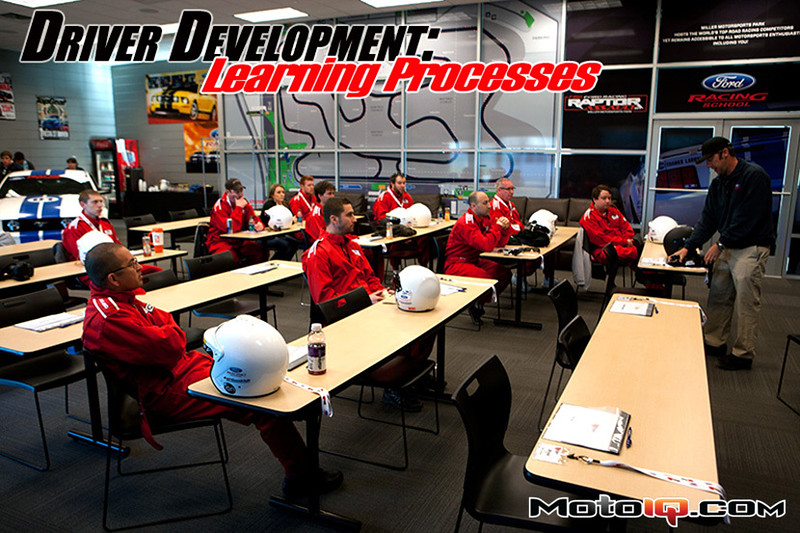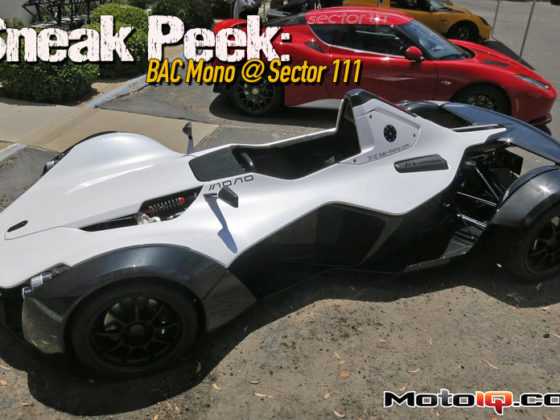
Nevertheless, the experience I gained while racing with real people on the sim at Loudon translated to me running in the top 10 in real life in the NASCAR Nationwide race, and finishing 15th on the lead lap. This was a respectable showing having never gone down a lap when there were 4 other drivers with accomplished oval backgrounds and championships in lower division making their Nationwide debut as well, and all of them were laps down.
iRacing is without a doubt a great tool for learning tracks and cars, to get seat time, and to work on your craft as a driver. You can even dabble with car setup and start to get an idea of how different changes affect the handling of the car. But with this praise, there is still a degree of disconnect to reality and not everything learned on a simulator (racing line or setup wise) will translate to reality. But iRacing constantly develops their physics and tire models and improves their product and every day it becomes closer and closer to reality.

Then there are industry-leading simulators like Vi-grade, used by car manufacturers and Formula 1 teams. These sims are so good at accurately modeling the behavior of a car, that Ferrari, Porsche, Volvo, and various other manufacturers use them to develop both their street and race cars since there is a lot of confidence that the results from the sim will translate to the car in real life for everything from ride quality to performance. Data created by the sim is even overlayed with data from a real car to be able to compare various set up changes with high accuracy.
These sims have some of the brightest engineers in the world working on them, and like iRacing, they are constantly improving the technology, tire, and car models. I’m sure what they are able to do now was just a dream 10 years ago, and in 10 more years, we will just be racing each other in a digital world and won’t even need to build racecars. Hopefully that will never happen, what a horrible world that would be. But you get the idea. With the rising costs of motorsports, limited testing, and constant Balance of Performance, simulators will play an even more important role than ever for race teams and drivers alike.
IN CLOSING
Developing the skill of driving is no different than developing any other skill. It takes trial and error, practice, and an analysis of that practice to give you a direction on how to improve. Driving instructors at racing schools and especially private one-on-one driver coaches are invaluable in the development of the skill of driving and will help you get better faster. Keep in mind that even professional racing drivers, golfers, football players, or most any athlete utilize coaches to help them get better at their skill, so never think that getting help from someone else makes you any less of a driver.
While everyone’s brain works differently and can benefit from different types of instruction, being proficient at data analysis is an important skill to aid your development as a driver, and ultimately the future is in the analysis of video synced with data analysis. With the use of data acquisition, a coach can set a benchmark lap to give you something to strive for and to see where the limit is and which corners or habits you need to focus your attention on. Simulators are also the future and are greatly advantageous for learning new tracks, cars and can essentially get you free seat time to be able to work on some aspects of car setup, driving technique, and racecraft.
Whether you go to a racing school, work with an instructor at a local track day or club event, hire a private driving coach, or gain enough experience to self-analyze your abilities, getting good feedback and direction is crucial when improving the skill of driving.
If you liked what you read, share your thoughts and leave a comment below if you would like to see more stuff like this from me in the future.
-Billy
SOURCES
BillyJohnsonRacing.com
iRACING
MILLER MOTORSPORTS PARK
VI-GRADE SIMULATORS
MOTEC
DIGITAL COMPETITION SYSTEMS




3 comments
What is ur takes on karting to cars? Is practicing karts help racing cars? And what are the skills transferred from karts to cars.
Karting is excellent for racecraft and seat time. However, Karts don’t have suspension, and the dynamics of a car moving around on springs and dampers bring a lot of complexity that Kart’s don’t really help prepare for. Most professional drivers started in Karts and moved into Formula style cars, which is a more natural transition than from say, Karts into sedan racing.
Overall, it’s very helpful (especially racecraft) but not a necessity.
Great article Billy! Your support of motorsports at the amature/hobbiest level is much appreciated. Ive been watching my own videos recently and am picking up things I never realized, mostly a lack of consistency in braking. Understanding that all the aspects of driving the car are interdependant, I am nonetheless trying to prioritize the things that need correction. It seems I would gain more speed focusing on corner exit and thus entry and braking prior to the turn. Am I correct in working backwards? Your thoughts are appreciated and thanks again!